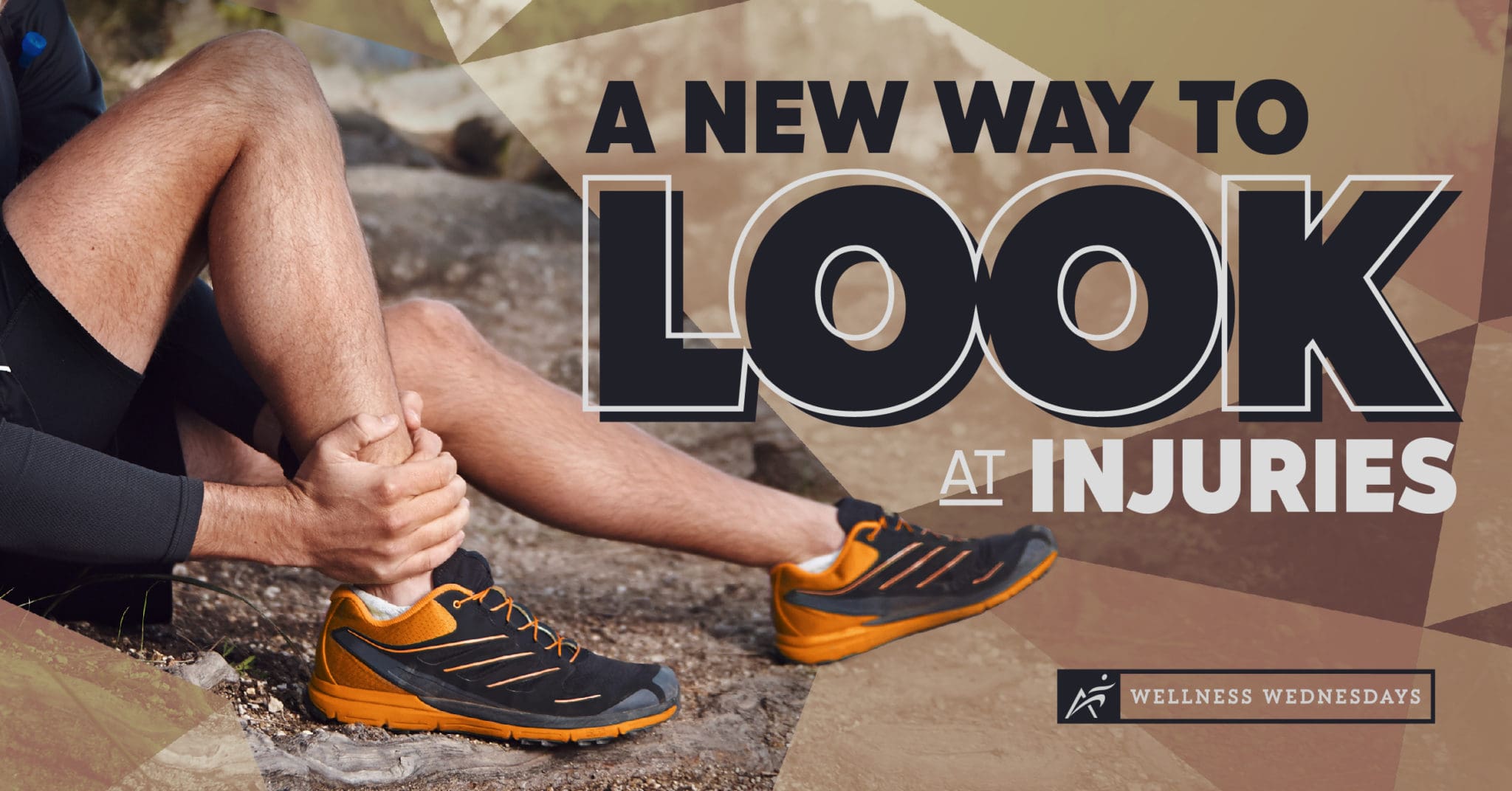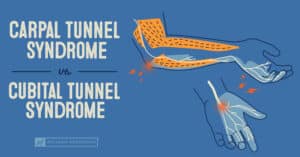In today’s blog, Dr. Bill Kempe explains why determining your injury is only half the battle for a swift recovery. If you want to recover from your injury properly and prevent future pain, knowing why the injury occurred is just as important as the diagnosis.
Picture this: it’s early January, you’re finally crawling out of your holiday slumber to the sound of chirping birds, sunshine and the occasional day above 50 degrees. You’re feeling extra motivated and decide to lace up your old tennis shoes and go for a run. A few days later, you remember how rejuvenated you felt after the run, so you decide to do it again. And then a third run a few days later. You’re getting good at this. Time to sign up for your first 5k! “New Year, New Me” just became your new motto.
All is going well and you’re on track to have your fittest spring on record when you start to feel a hint of heel soreness after a few of your runs. You’re riding the high of being active and fit and don’t want to derail your progress, so you run through the discomfort. The mild soreness becomes a bit more noticeable over the next few runs. Now you’re feeling some discomfort first thing in the morning. Walking on hardwood floors is painful. What is going on? You know the answer – time to Google your symptoms!
You pull out your tiny mobile truth machine and punch “heel pain” into the search bar. The search results are in: you have plantar fasciitis. Problem solved, right? Unfortunately resolving an injury isn’t as easy as we would like it to be. Identifying the diagnosis is helpful, but only a handful of cases will be easy to fix without someone asking further questions, like “why.”
What Injury Do I Have?
Our current healthcare system is hell-bent on identifying the “what.” Which diagnosis, condition, or label can we place on your pain and dysfunction? Rotator cuff strain, patellar tendinosis, disc herniation (audible gasps!) are all appropriate diagnoses. However, they don’t paint a full picture of why the injury occurs or how to eliminate the pain.
The “what” is helpful for physicians to rule out more sinister problems. Surgeons don’t want to treat mild sprains, chiropractors don’t want to treat abdominal aortic aneurysms, and oncologists don’t want to treat disc herniations. Arriving at an appropriate diagnosis can tell you where you shouldn’t receive care, but it doesn’t always dictate where or how you should receive care.
Why Am I Injured?
Let’s return to our plantar fasciitis case. Arriving at an appropriate diagnosis of plantar fasciitis is only the first step – pun intended. It does nothing to tell you why you developed this injury, nor how to resolve it going forward. Why did the heel pain start, and why does it persist? Why does your heel hurt while other weekend warriors remain impervious to musculoskeletal injury or discomfort?
This is where the expert assessment and diagnosis of a skilled physician comes into play. With the appropriate background and training, a doctor can determine if your lingering heel pain is the result of stiffness in the toe or the ankle, weakness in the arch, dysfunction in the hips and pelvis, or maybe a local nerve entrapment that is independent of everything else? Without a closer look at how you perform and function, the underlying cause of the heel pain never resolves, and the heel pain persists.
When seeking care for a challenging injury or pain, if you don’t understand why your pain started, you’ll likely never get rid of the underlying cause.
Airrosti Fixes Pain Fast
So where in the world would you be able to find a qualified professional who can appropriately triage, diagnose, and assess your injury? Did you think you were going to make it through this whole article without a reminder you should be seeing your trusty local Airrosti Provider? Here at Airrosti, our providers are trained to expertly assess and diagnose the underlying condition that’s leading to your pain. With the “why” in mind, we can resolve most injuries in just 3.2 visits, based on patient-reported outcomes. By taking the time to answer the “why” of your pain, your injury becomes much more manageable.










